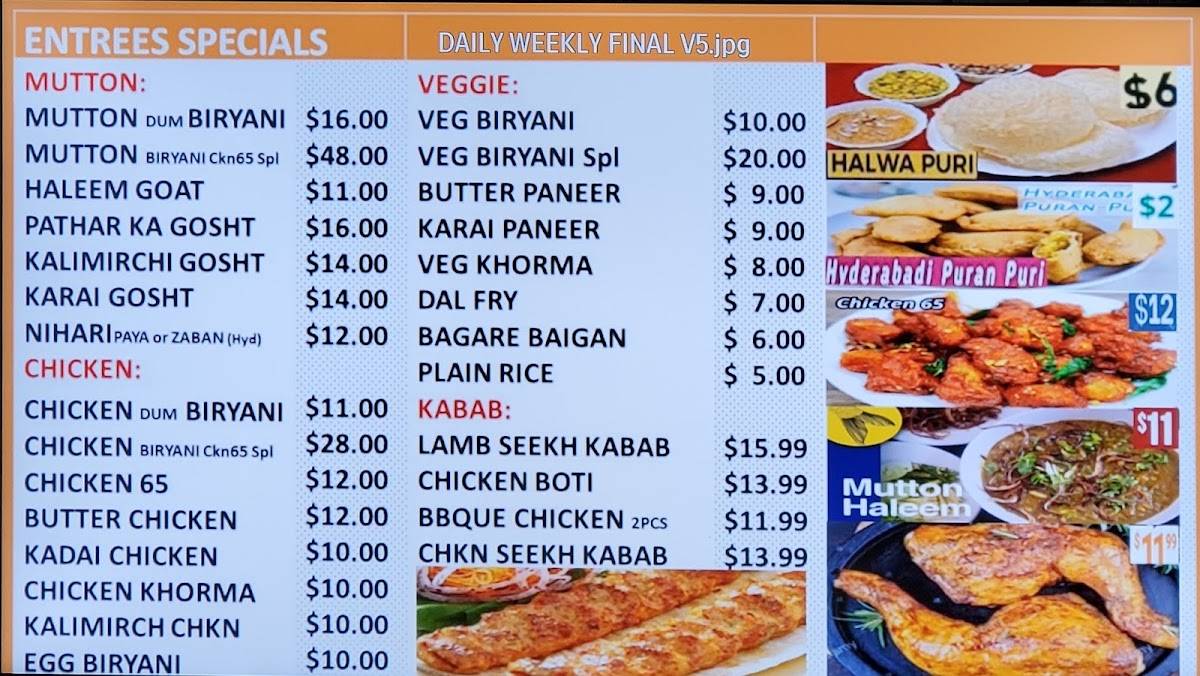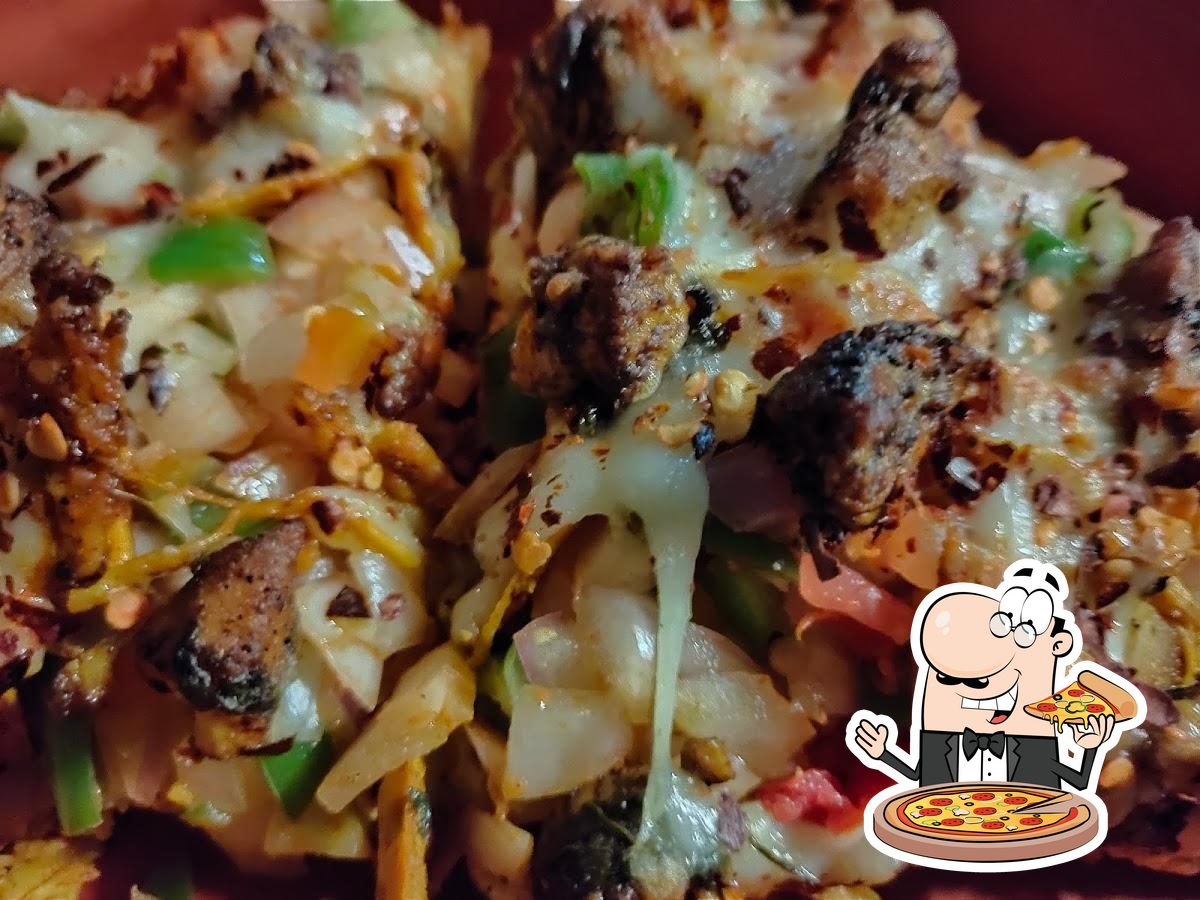Step into the realm of royal food courts, where culinary delights intertwine with historical significance and opulent grandeur. These extraordinary spaces have served as the epicenters of culinary excellence, showcasing the finest dishes and dining experiences reserved for royalty and their esteemed guests.
From the lavish halls of Versailles to the exquisite chambers of the Forbidden City, royal food courts have played a pivotal role in shaping culinary traditions and influencing gastronomic trends across the globe. Join us on a tantalizing journey as we explore the exquisite flavors, opulent ambiance, and fascinating customs that define these culinary havens.
Concept of a Royal Food Court
Royal food courts were magnificent culinary spaces that served as the heart of royal palaces and noble estates.
These grand halls were designed to showcase the wealth and power of the monarchy, providing a sumptuous setting for lavish banquets and feasts. They were often adorned with intricate tapestries, fine artwork, and opulent furnishings, creating an atmosphere of grandeur and exclusivity.
Notable Royal Food Courts
Some notable examples of royal food courts include:
- The Great Hall of Westminster, England:This magnificent hall, dating back to the 11th century, was used for royal feasts and coronations.
- The Hall of Mirrors at the Palace of Versailles, France:This opulent hall, built in the 17th century, was the setting for countless lavish banquets and receptions.
- The Forbidden City Imperial Dining Room, China:This grand hall, located in the Forbidden City in Beijing, was used for exclusive banquets for the emperor and his court.
Culinary Delights Served

Royal food courts were renowned for their exquisite dishes and delicacies, a testament to the culinary prowess of the royal kitchens. These culinary delights showcased a blend of cultural influences and culinary techniques, resulting in a symphony of flavors and textures.
The royal chefs drew inspiration from various regions, incorporating exotic spices, rare ingredients, and traditional cooking methods. The result was a diverse array of dishes that tantalized the taste buds and left a lasting impression on guests.
Iconic Dishes and Beverages
- Roasted Peacock:A majestic centerpiece of royal banquets, roasted peacock was meticulously prepared with a blend of aromatic herbs and spices, resulting in a tender and flavorful delicacy.
- Swan Pie:A symbol of opulence, swan pie was a labor-intensive dish that involved intricate pastry work and a rich filling made from swan meat, spices, and herbs.
- Hypocras:A spiced wine favored by royalty, hypocras was a blend of red wine, honey, and an array of spices, offering a sweet and aromatic beverage.
- Rose Water:A fragrant and refreshing beverage, rose water was distilled from rose petals and enjoyed by both men and women at royal gatherings.
Atmosphere and Ambiance: Royal Food Court
Royal food courts were designed to impress, with an ambiance that exuded opulence and luxury. The finest linens adorned the tables, while the tableware was made of precious metals and intricate designs. The décor was lavish, with tapestries and paintings depicting scenes of royal feasts and hunts.
The atmosphere in these spaces was one of grandeur and formality. Diners were expected to dress in their finest attire, and the service was impeccable. The air was often filled with the sound of music, and the overall experience was one of sensory delight.
Use of Fine Linens, Tableware, and Décor
The use of fine linens, tableware, and décor in royal food courts served several purposes. First, it created a sense of luxury and exclusivity. Only the wealthiest and most privileged members of society could afford to dine in such a setting.
Second, the use of these materials helped to create a sense of occasion. Dining in a royal food court was not an everyday occurrence. It was a special event that was meant to be savored.
Finally, the use of fine linens, tableware, and décor helped to create a sense of beauty. The spaces were visually stunning, and the overall experience was one of aesthetic pleasure.
Royal Etiquette and Dining Customs

Royal food courts adhered to strict protocols and etiquette that reflected the grandeur and hierarchy of the royal court. These customs governed every aspect of dining, from seating arrangements to table manners, ensuring order and decorum.
Seating Arrangements
Seating arrangements were meticulously planned to reflect the rank and status of guests. The king or queen presided at the head of the table, with the most honored guests seated closest to them. Seating order followed a strict protocol, with each guest’s position determined by their title, lineage, and relationship to the royal family.
Dining Procedures
Dining procedures were equally formal. Meals were announced with a fanfare of trumpets, and guests were expected to arrive on time. They would bow or curtsey to the king or queen before taking their seats. During the meal, guests were expected to maintain proper table manners, using utensils correctly and refraining from talking with their mouths full.
Table Manners, Royal food court
Table manners were a reflection of the refinement of the royal court. Guests were expected to eat slowly and elegantly, using their forks and knives with precision. It was considered失礼 to make noise while eating or to leave food on their plates.
Role of Royal Chefs
Royal chefs played a pivotal role in the culinary traditions of the royal court. They were responsible for creating elaborate dishes that showcased the finest ingredients and culinary techniques. Royal chefs were often highly skilled artisans who spent years honing their craft.
Their creations were not only a source of sustenance but also a symbol of the power and prestige of the royal family.
Influence on Modern Cuisine

The influence of royal food courts on modern gastronomy is undeniable. The extravagant banquets and elaborate culinary creations served in these grand settings have left an enduring mark on the culinary landscape.
Royal dining practices have significantly influenced modern culinary trends. The emphasis on presentation, intricate flavors, and lavish ingredients has trickled down to contemporary fine dining establishments. Chefs worldwide have adopted techniques and dishes that were once exclusive to royal tables.
Adopted Dishes and Techniques
- Truffles:Once reserved for royal banquets, truffles are now highly sought-after delicacies in modern cuisine.
- Foie Gras:The fatty liver of ducks or geese was a staple in royal feasts and remains a luxurious delicacy in modern restaurants.
- Molecular Gastronomy:The use of scientific techniques in cooking, pioneered in royal kitchens, has revolutionized modern gastronomy, leading to innovative dishes like spherified olives and edible foams.
Visual Representation
The grandeur and opulence of royal food courts are not just confined to the annals of history; they continue to inspire modern-day culinary experiences. Here’s a visual representation of the diverse types of royal food courts, their notable features, and the culinary delights they offer.
Types of Royal Food Courts
| Location | Period | Notable Features |
|---|---|---|
| Versailles, France | 17th-18th centuries | Known for its extravagant banquets and elaborate table settings |
| Forbidden City, China | Ming and Qing Dynasties | Featured a vast imperial kitchen with thousands of chefs |
| Topkapi Palace, Turkey | 15th-19th centuries | Renowned for its intricate tilework and marble columns |
Culinary Delights Served
- Roasted meats, such as venison, boar, and peacock
- Elaborate pastries and desserts, including sugar sculptures and marzipan
- Exotic spices and ingredients, such as saffron, cinnamon, and nutmeg
- Fresh seafood, including oysters, lobsters, and caviar
- Fine wines and liqueurs
Ambiance and Grandeur
- “The table was covered with a cloth of gold, and the dishes were of the finest porcelain. The food was exquisite, and the wines flowed freely.” – Marie Antoinette
- “The hall was lit by thousands of candles, and the air was thick with the scent of flowers. The musicians played softly in the background, and the guests chatted and laughed.” – Louis XIV
- “The food was so delicious, and the atmosphere was so elegant. It was like a dream come true.” – A guest at a royal banquet
FAQ Overview
What was the purpose of royal food courts?
Royal food courts served as grand spaces for hosting lavish banquets, entertaining guests, and showcasing the culinary prowess of royal kitchens.
What types of dishes were served in royal food courts?
Royal food courts offered an array of exquisite dishes, including roasted meats, elaborate pastries, exotic fruits, and fine wines, reflecting the cultural influences and culinary techniques of the time.
What was the atmosphere like in royal food courts?
Royal food courts were adorned with opulent decorations, fine linens, and elegant tableware, creating an ambiance of luxury and grandeur.
What was the significance of royal etiquette in food courts?
Royal etiquette dictated strict protocols for seating arrangements, dining procedures, and table manners, reflecting the hierarchical nature of royal courts.
How have royal food courts influenced modern cuisine?
Royal dining practices have had a profound impact on contemporary gastronomy, with many dishes and techniques originating in royal kitchens.
